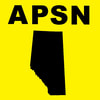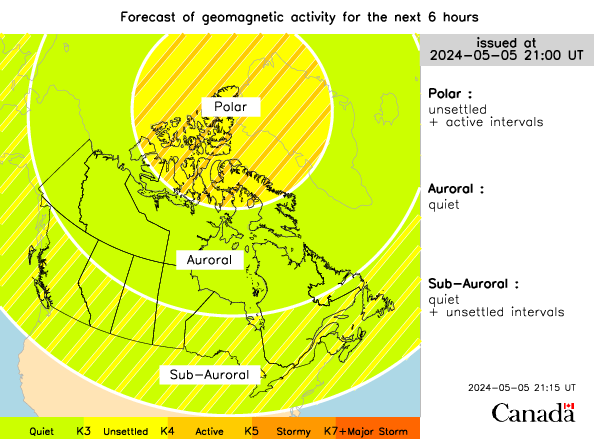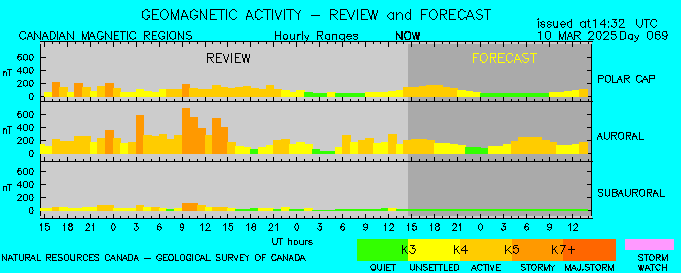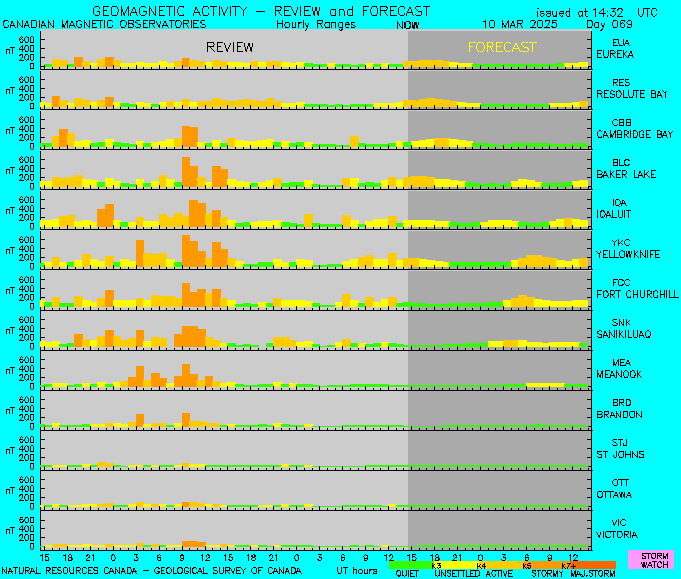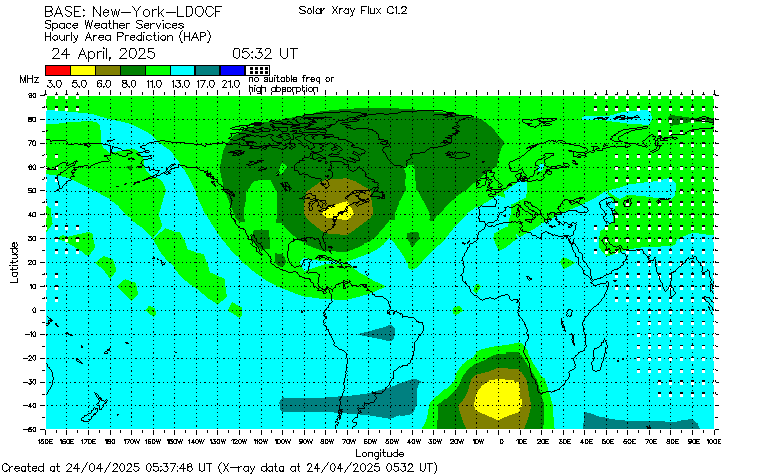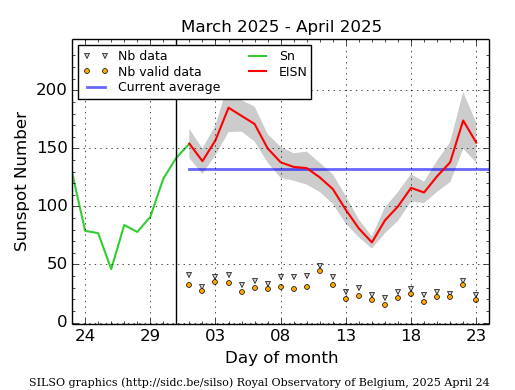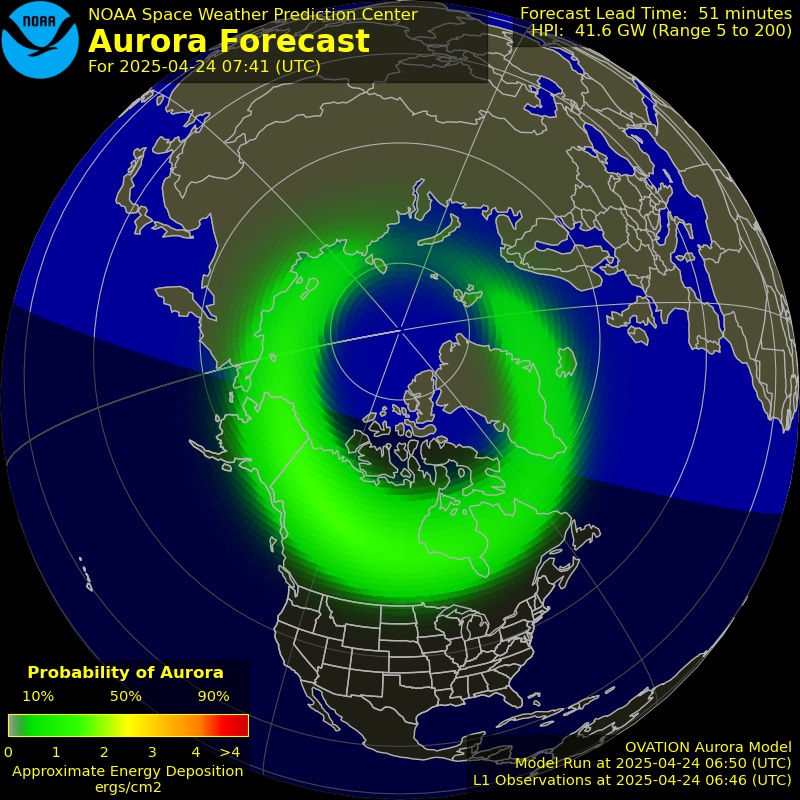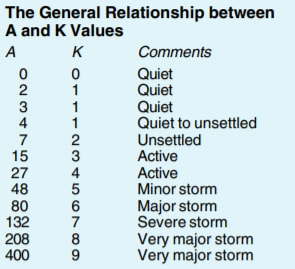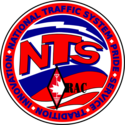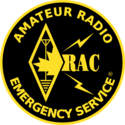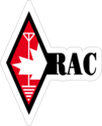Band Conditions
Space weather can have a significant impact on operating conditions. The Maximum Usable Frequency (MUF) where the ionosphere is used to reflect signals is generally 'above' the 80m band. This makes 80m an ideal band for regional net operation. Conditions still play a factor, so it can be useful to refer to the information below. When band conditions are good less power is required and a modest antenna may be used. When conditions are poor, using a KiwiSDR for reception, along with using a better antenna and/or higher power may be useful.
